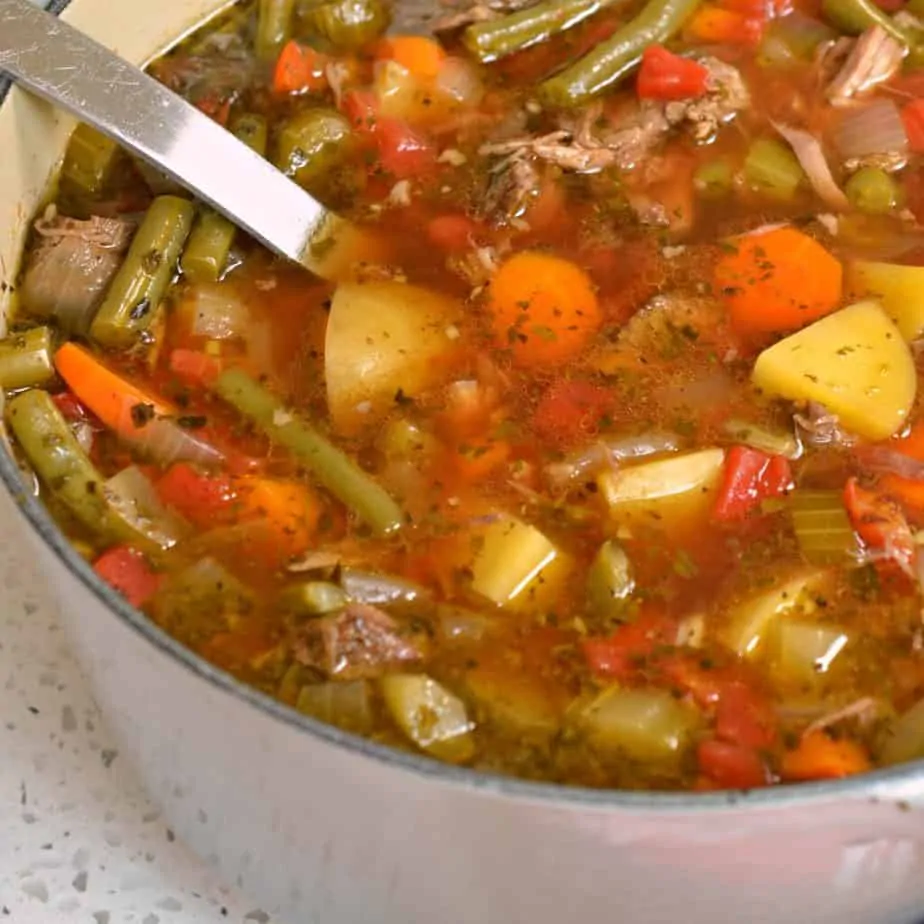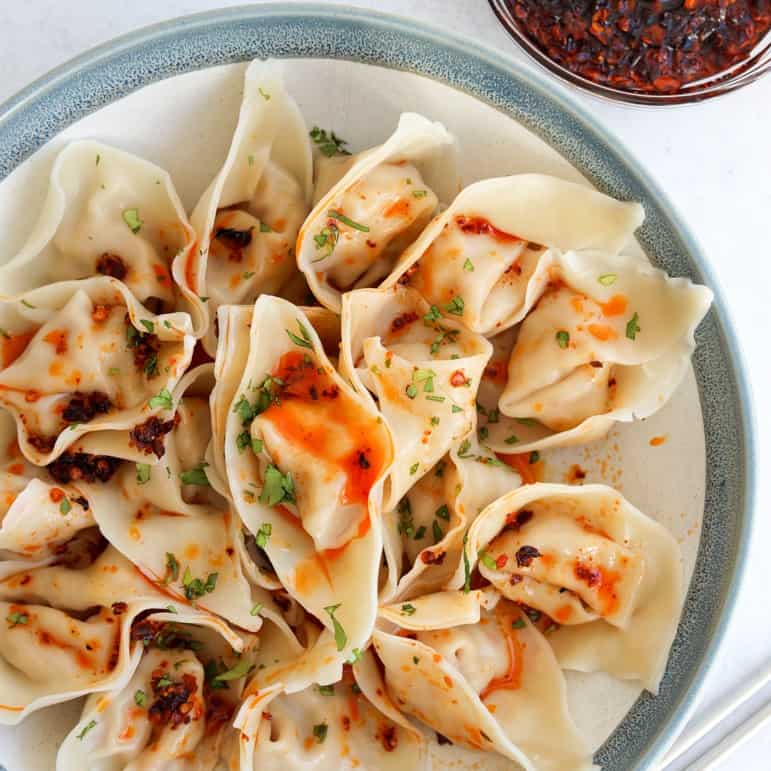Wonton soup has long been a staple in many households, offering a comforting blend of savory broth, delicate dumplings, and fresh vegetables. Whether it's a quick lunch or a hearty dinner, the simplicity of this dish belies its depth of flavor. While store-bought versions may be convenient, there's something truly special about making homemade wonton soup. This article explores the enduring appeal of this classic dish, from its cultural roots to the joy of crafting it from scratch.
Why Homemade Wonton Soup is Worth the Effort

For many, the idea of making homemade wontons can seem daunting. However, the process is surprisingly straightforward once you get the hang of it. Using store-bought wrappers can save time while still allowing you to enjoy the satisfaction of creating a meal from scratch. The key lies in the filling—fresh ingredients, carefully seasoned, and expertly wrapped. The result is a dish that not only tastes better but also offers a deeper connection to tradition.
The Magic of the Filling
The filling is the heart of any good wonton. Traditionally, it includes ground pork, shrimp, and a medley of vegetables like bok choy, mushrooms, and scallions. The combination of flavors is enhanced by seasonings such as soy sauce, sesame oil, and Shaoxing wine. These elements work together to create a rich, umami-packed filling that is both savory and aromatic.
To achieve the perfect texture, the ingredients are finely chopped and mixed until well combined. Some recipes suggest using a food processor to speed up the process, but hand chopping can also yield excellent results. The goal is to ensure that each bite is packed with flavor and that the filling holds its shape during cooking.
The Art of Wrapping Wontons

Wrapping won'ts is an art form in itself. While there are various methods, the most common involves folding the wrapper into a half-moon shape and sealing the edges. Some prefer a more compact style, especially if freezing the wontons for later use. Others, like the author of this article, enjoy the "flappy" look that gives the finished product a playful charm.
Regardless of the method, the key is to ensure that the filling is securely sealed within the wrapper. This prevents the contents from leaking during cooking and ensures that each bite is as flavorful as the last. For those new to the process, practicing with a few wrappers can help build confidence and improve technique.
The Broth: A Foundation of Flavor
A great wonton soup starts with a flavorful broth. Chicken stock is the most common base, though some variations use beef or vegetable broth. The broth is often enhanced with aromatics such as garlic, ginger, and scallions, which add layers of depth to the dish. Additional seasonings like soy sauce, sesame oil, and white pepper can be added to taste, allowing for personalization based on individual preferences.
One popular variation is to include noodles, turning the soup into a more substantial meal. In this case, the broth is simmered with the noodles, allowing them to absorb the rich flavors. Alternatively, the soup can be served without noodles, focusing on the interplay between the broth, the wontons, and the fresh vegetables.
Freezing and Storing Wontons
For those who want to enjoy homemade wonton soup throughout the week, freezing the prepared wontons is a practical solution. Once wrapped and frozen, they can be cooked directly from the freezer, saving time and effort. It's important to freeze the wontons in a single layer to prevent them from sticking together. When ready to cook, simply add them to boiling water and let them cook until they float to the surface.
Freezing also allows for greater flexibility in meal planning. By preparing a large batch of wontons at once, you can have a ready-to-go meal whenever the craving strikes. This makes it an ideal option for busy individuals or families looking to simplify their cooking routine.
Serving Suggestions and Variations

Wonton soup is incredibly versatile and can be enjoyed in a variety of ways. It pairs well with a range of side dishes, from stir-fried vegetables to noodle-based meals. For a more elegant presentation, serve the soup in traditional Chinese bowls with chopsticks, adding a touch of authenticity to the dining experience.
In addition to the classic version, there are numerous variations to explore. Some recipes incorporate different types of meat, such as chicken or beef, while others feature a mix of vegetables and seafood. Experimenting with these variations can lead to exciting new flavor combinations and keep the dish fresh and interesting.
Conclusion: A Culinary Tradition Worth Preserving
Homemade wonton soup is more than just a meal—it's a celebration of tradition, flavor, and craftsmanship. From the careful preparation of the filling to the artful wrapping of the dumplings, every step contributes to the final product. Whether enjoyed as a comforting lunch or a hearty dinner, this dish offers a taste of heritage that is both satisfying and deeply personal.
By taking the time to make this dish from scratch, you're not only treating yourself to a delicious meal but also preserving a culinary tradition that has been passed down through generations. So next time you're looking for a warm and flavorful meal, consider giving homemade wonton soup a try. You might just discover a new favorite that becomes a staple in your kitchen.